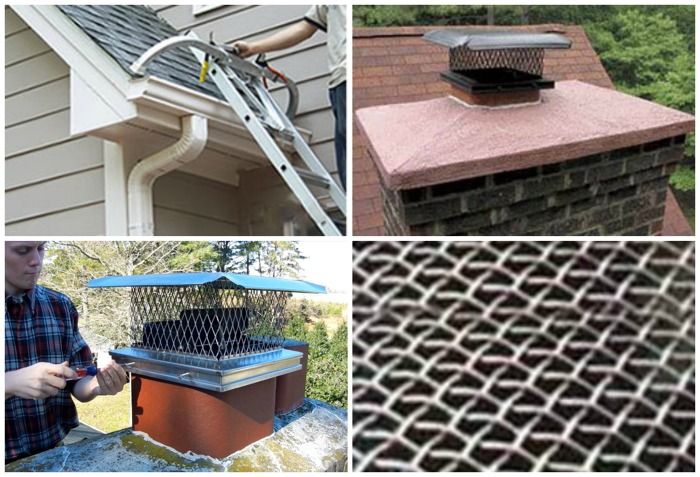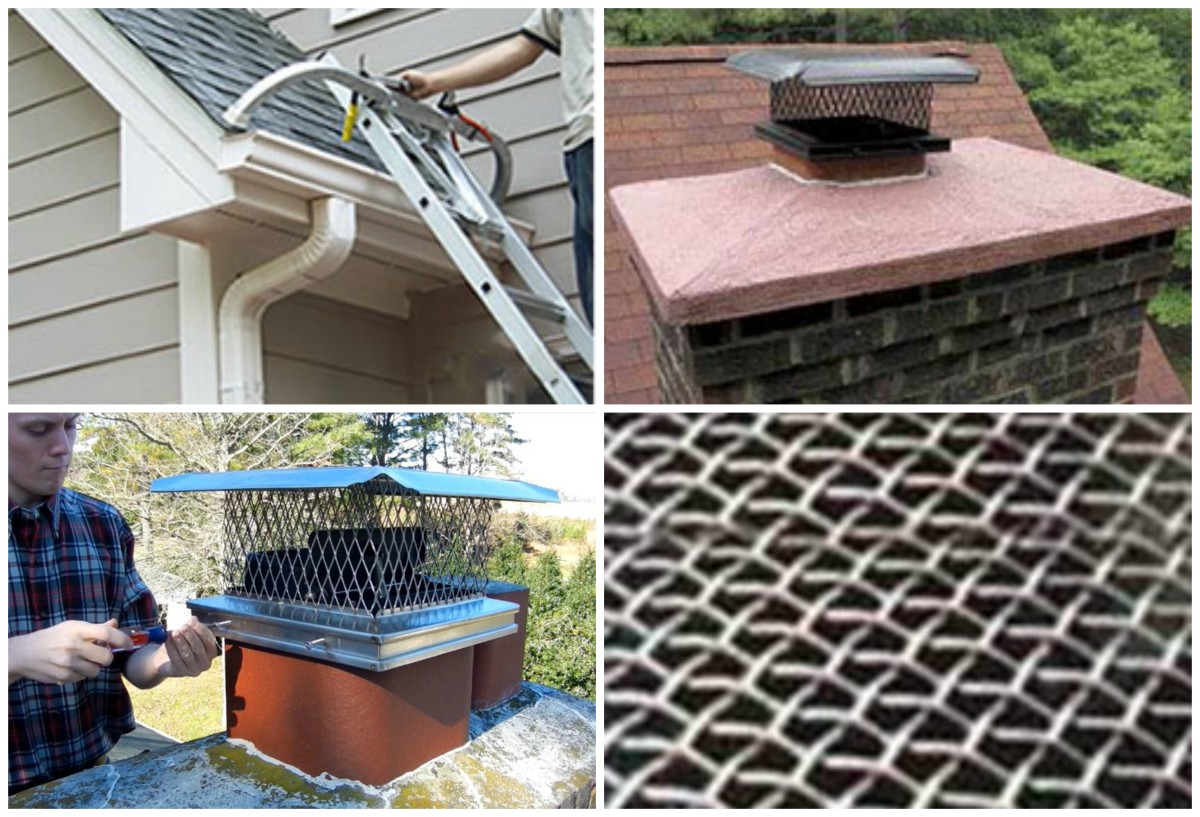Spring Chimney Maintenance

Living through a cold and snowy upstate New York winter sometimes makes me wonder why I did not move south years ago. This winter was particularly cold and long, but finally it is June and the winter is gone so now it comes time to check for damages and make preventative repairs and maintenance. In the rural area where I live and after a long winter heating with wood pellets an area of concern is always the chimneys in the house. We have a 2 fireplaces that get some use plus the added chimney that had been a conventional wood stove converted to use by the pellet stove some years ago.
While I will have the chimneys cleaned and inspected over the summer by professionals just to make sure the insurance company never can take an issue with my maintenance, some tasks I do myself to keep costs down. I also like to have a firsthand look myself so when the chimney sweep comes I know what they are talking about if they raise any concerns and I can ask specific questions myself.
The Chimney Cap
One thing I do myself is the chimney cap. That is the metal umbrella looking piece that goes over the top of the chimney to prevent water and downdrafts out of my chimney. Since all of the smoke passes through this, it easily gets coated with creosote. Since in past years birds, bats, and squirrels have all at one point or another found their way into the chimneys, I also use a screened cap to prevent this. This screen is the place where any build up is likely to be a real problem as it can quickly reduce airflow causing uneven burning in the fireplace and pellet stove or worst case scenario could cause smoke or carbon gasses to enter the home.
While buying a new chimney cap every couple years at $80 a piece is not unaffordable, to me it is simpler and makes more sense to simply keep the current caps clean and in good condition. I do replace the wire mesh every now and then as well, depending on wear and build up. The only real trick to it is to use a heat rated wire screen with reasonable size holes to allow smoke and so it will not quickly clog with creosote but still keeps out the flying animals that think a warm dry chimney might make a nice home resulting in either smelly dead animals in the chimney or a nest blocking smoke next fall when I start a fire again.
Safety Considerations
Heights do not really bother me and my roof has minimal pitch so safety is an issue but it is easily doable. The most dangerous part of the process is actually the ladder to get up on the roof. Remembering basic safety tips like securing the ladder before climbing and using a rope to hoist up supplies rather than attempting to carry a full armload up the ladder takes care of most issues. Using the proper size and type of ladder for the job ensures safety. A step ladder that requires you to ascend to the top of the ladder than climb onto the roof is very dangerous. Use a ladder extended high enough so mounting and dismounting it is simply stepping on and off without having to do any acrobatic leg swings over the gutters.
I take the caps off completely, lower them down to the ground where I can clean them and change the wire comfortably at ground level. It also allows for a careful inspection to make sure there is no corrosion that calls for complete replacement. There are many products available to completely clean the creosote from the cap. I do not put a lot of effort into cleaning the wire as it wears out every few years regardless and a full roll of heat rated wire for several years of replacements can be purchased for under $20. Simply remove the band that holds the wire in place, use the old screen as a template to cut a new one and replace it.
While it may be considered unnecessary to do yourself, I like getting a look at the roof to check for storm damaged shingles, a firsthand look at the chimneys, and I can save a couple hundred dollars to boot so to me it is worth the couple hours it takes once a year. This is the only time I ever see the roof of my house up close each year so I can do a reasonable roof inspection and consider preventative steps to avoid much larger issues. A long as you have a quality safe ladder and follow simple safety procedures it is likely worth your time.























